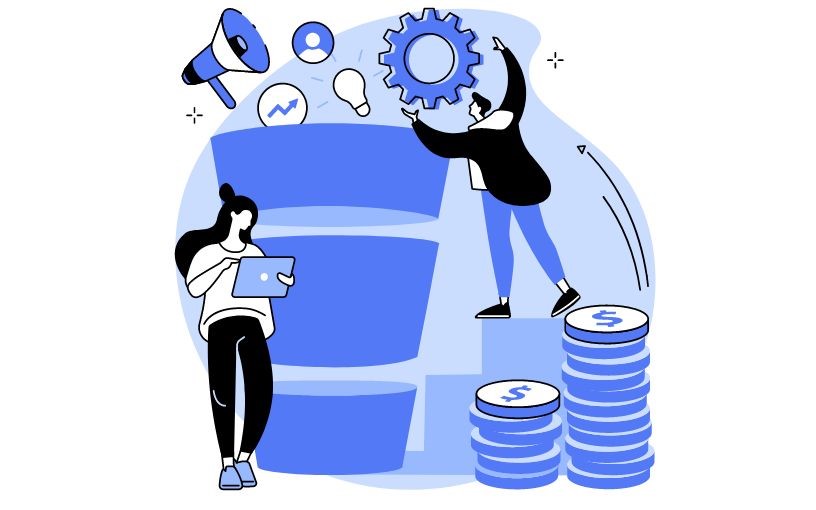Marketing News
What is the CRM customer lifecycle?

According to experts, the customer lifecycle process is made up of five clear stages: outreach, acquisition, conversion, retention and loyalty. More broadly, it is the process of getting a customer's attention, showing them what your product or service offers, converting them into a paying customer, and then keeping them as a loyal, paying customer. In turn, these loyal customers recommend you to others, who can join in and help repeat the cycle. Each stage is as important as the next.
The customer lifecycle helps all parts of a company better understand its customers, but it is perhaps most useful for its marketing, sales and customer service departments. These teams can leverage the lifecycle to get a complete picture of a customer's process in order to highlight areas for improvement, in turn improving lead generation and sales. This can include creating more personalized content (for lead acquisition, for example), or better customer service (through improved communication, for example).
So what role does customer relationship management play?
CUSTOMER LIFECYCLE AND CRM
In addition to helping your business organize and analyze customer information and data, customer relationship management software can measure, analyze and manage metrics in real time about every element of your business. In short, it's everything you need to know, in one centralized place.
This means you can track each stage of the customer lifecycle with unique metrics that measure success (as well as failures). By identifying important information, such as calls made by your representativesBy measuring the number of leads generated and the customer retention and churn rates, you will be able to make effective and informed business decisions. This can include automation of tasks, budget allocation or the way internal teams communicate both with customers and with each other.
"Technology makes employees' lives easier and technology can also make customers' lives easier, if properly leveraged.". Blake Morgan, Forbes (2017).
Do customers drop out of the cycle after a purchase? What marketing campaigns can you organize to keep customers coming back? How can your sales team encourage repeat customers?
Or maybe you're struggling to find leads? How can your sales team improve outreach?Need to make more calls Or completely change your communication methods? Can you get feedback from previous customers, by formsto find out what went wrong?
This is the type of scenario that a CRM can help you get around.
HOW TO IMPROVE THE CUSTOMER LIFECYCLE WITH CRM
We have already started to talk about this, but a CRM can help improve the customer lifecycle (and your success rate). To show you how, we've broken down how a CRM can help at every stage of the customer lifecycle.
- Reach: Successful marketing campaigns can "catch" a customer while they are thinking about your service. Use your best customer insights and marketing automation to create effective campaigns.
- Acquisition: thanks to automation, which turns menial and time-consuming tasks into automated processes, your sales teams have more time to capture leads when they contact them.
- Conversion: centralizing customer data and streamlining processes will help personalize communications, which will help increase sales.
- Retention: better customer service and higher retention rates go hand in hand. The CRM offer tools for customer support and customer service automation to help provide better service, which keeps customers longer.
- Loyalty: a loyal customer is one who refers you to someone else, either through online reviews or word of mouth. You can find out if your current customers will refer you (and why) by using a net promoter scoring tool within your CRM.
Do you want to test a system CRM?
- Datalyse is an integrated software system CRM fast and easy to use that allows you to unify your company's needs, centralizing all your operations in a single application. Discover how a software system CRM can help you or your team by contacting us.



